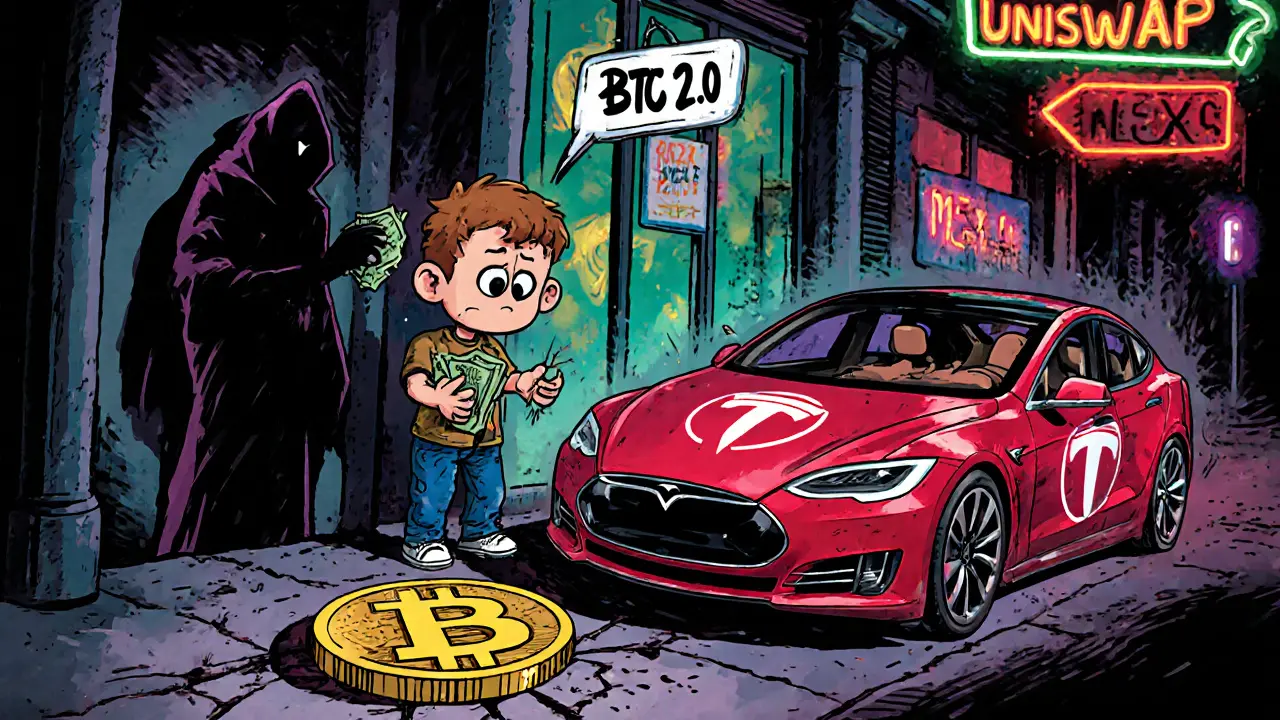BTC2.0: What It Is, Why It Matters, and What You Need to Know
When people talk about BTC2.0, a proposed set of upgrades to the Bitcoin network that aim to expand its functionality without breaking its core security. Also known as Bitcoin 2.0, it refers to the next evolution of Bitcoin’s protocol—they’re not talking about a new coin. They’re talking about making Bitcoin itself better. Think of it like upgrading your phone’s operating system instead of buying a new model. The goal? Keep Bitcoin’s strength as digital gold while adding features it’s been missing: faster transactions, lower fees, and smart contract support—all without compromising decentralization.
BTC2.0 isn’t one single project. It’s a cluster of ideas: sidechains like the Liquid Network, a Bitcoin sidechain that enables faster and private transactions with smart contract capabilities, layer-2 solutions like Stacks, a blockchain that attaches to Bitcoin and lets developers build smart contracts using its security, and proposals like Taproot, a 2021 upgrade that improved Bitcoin’s privacy and efficiency, laying groundwork for future changes. These aren’t replacements. They’re add-ons that work alongside Bitcoin’s original chain. That’s the key difference from altcoins. BTC2.0 isn’t trying to dethrone Bitcoin—it’s trying to make Bitcoin more useful.
Why does this matter to you? If you hold Bitcoin, these upgrades could mean your holdings become more flexible. Imagine using your BTC to stake, lend, or trade on a decentralized exchange without moving it off the main chain. No more wrapping it into Ethereum-based tokens. No more trusting third-party bridges. That’s the promise. But it’s not guaranteed. Some upgrades are already live. Others are still debated. And not everyone agrees on the direction. Some purists think Bitcoin should stay simple. Others say it needs to evolve or risk being left behind.
The posts below cut through the noise. You’ll find real reviews of exchanges that support Bitcoin-based smart contracts, deep dives into how sidechains actually work, and clear breakdowns of what’s hype versus what’s built. You’ll see how projects like SheepDex and EvmoSwap try to ride the BTC2.0 wave—and why most fail. You’ll learn how to spot the real innovations from the scams pretending to be part of the upgrade. And you’ll understand what steps to take now if you want to be ready when BTC2.0 moves from theory to daily use.
